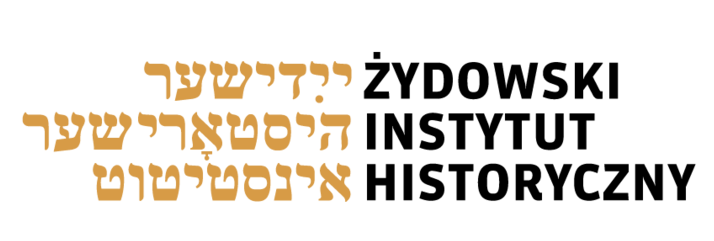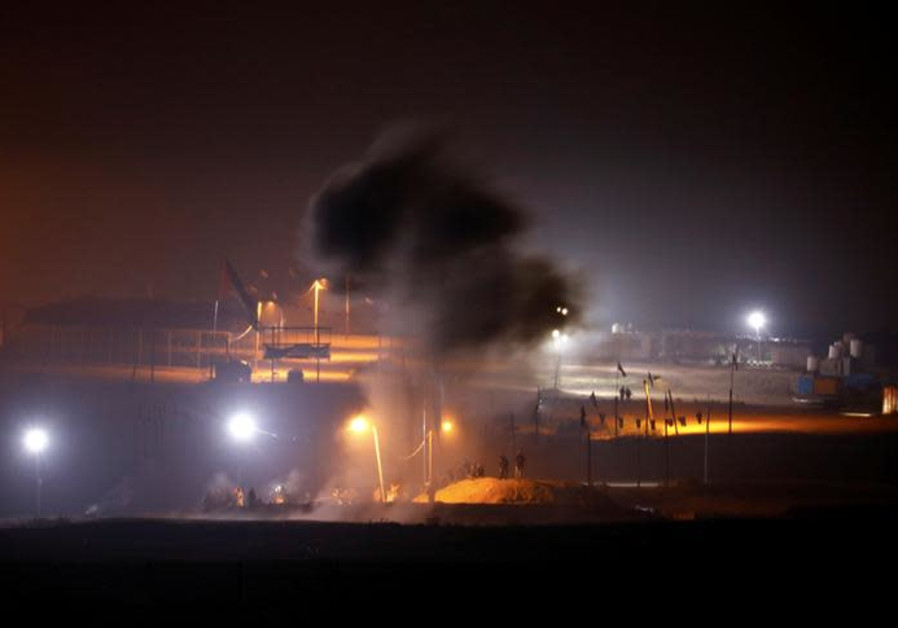 UROCZYSTOŚCI UPAMIĘTNIENIA 76. ROCZNICY POWSTANIA W OBOZIE ZAGŁADY W TREBLINCE
UROCZYSTOŚCI UPAMIĘTNIENIA 76. ROCZNICY POWSTANIA W OBOZIE ZAGŁADY W TREBLINCE
ŻIH
Dyrektor Żydowskiego Instytutu Historycznego prof. Paweł Śpiewak serdecznie zaprasza na uroczyste obchody 76. rocznicy buntu więźniów obozu śmierci Treblinka II.

2 sierpnia 1943 r. członkom Sonderkommanda udało się wzniecić powstanie w Treblince. Sygnałem do rozpoczęcia akcji była eksplozja granatu rzuconego na barak niemieckich strażników oraz podpalenie cysterny z paliwem. Niedaleko od garażu unosił się słup ognia – wspominał więzień Treblinki, Samuel Willenberg – W szatańskim jakby tańcu płonęły niemieckie baraki. Wyschnięte gałęzie sosny wplecione w płot płonęły jak wąż, który ciągnie za sobą ognisty ogon. Cała Treblinka stanęła w płomieniach. Powstańcy uzbrojeni byli w karabiny odebrane strażnikom oraz siekiery i inne narzędzia, które do tej pory więźniowie używali do przy pracach leśnych. Podpalono część zabudowań, jednak nie udało się zniszczyć komór gazowych i przeciąć linii telefonicznej.
Z około 800 przebywających wówczas w obozie więźniów przez ogrodzenie i okalające obóz zasieki przedostało się najwyżej 300. Za uciekinierami niemal natychmiast ruszyli w pościg Niemcy i ukraińskie oddziały pomocnicze. Jedynie ok. 70 więźniom udało się zbiec i dożyć końca wojny.
W 1943 roku Niemcy, chcąc zatrzeć ślady swojej zbrodni, rozpoczęli palenie wykopywanych z masowych grobów zwłok. Obóz został zlikwidowany w listopadzie 1943 r. Rozebrano wszystkie instalacje i zabudowania, a teren zaorano i obsiano łubinem.
Szacuje się, że od 23 lipca 1942 roku, gdy do Treblinki przyjechał pierwszy transport z Żydami z getta warszawskiego, do listopada następnego roku zginęło tam ok 900 tys. ofiar [1].
[1] Według Dariusza Libionki liczba ofiar to minimum 780–800 tys. [„Zagłada Żydów w Generalnym Gubernatorstwie. Zarys problematyki”, Państwowe Muzeum na Majdanku, Lublin 2017.]
Na stronie internetowej ŻIH uruchomiliśmy wirtualny spacer po obozie zagłady Treblinka II prowadzący od symbolicznej bramy obozu przez miejsca, w których kiedyś były usytuowane rampa, magazyny, komory gazowe, lazaret i ruszt.
Na portalu Delet jest dostępna lekcja o obozie zagłady Treblinka II opracowana wspólnie z Fundacją Ochrony Pamięci Obozu Zagłady w Treblince „Pamięć Treblinki.
Uroczystości odbędą się w Muzeum Treblinka. Niemieckim nazistowskim obozie zagłady i obozie pracy (1941–1944) w dniu 2 sierpnia w godzinach11.00–14.00. W muzeum zostanie również zaprezentowana wystawa fotografii terenu obozu wykonanych przez Alana Metnicka połączonych z cytatami z pism Emanuela Ringelbluma.
Program obchodów:
- 11.00 — główne uroczystości przed pomnikiem w centralnym miejscu pamięci Muzeum Treblinki,
- 12.00 — otwarcie wystawy czasowej „czy nie wiedzą o tym, że jadą na śmierć?” Cytaty z pism Emanuela Ringelbluma / fotografie Alan Metnick.
Uwaga: istnieje możliwość rezerwacji miejsc w autokarze, wyjazd 2 sierpnia ok. godz. 8.30 sprzed siedziby Instytutu (ul. Tłomackie 3/5, Warszawa). Zainteresowanych prosimy o zgłoszenia na adres rezerwacja@jhi.pl do dnia 30 lipca br. do godz. 16.00.
 Wydarzenie dofinansowane ze środków Ministra Kultury i Dziedzictwa Narodowego w ramach upamiętnienia 75. rocznicy śmierci Emanuela Ringelbluma.
Wydarzenie dofinansowane ze środków Ministra Kultury i Dziedzictwa Narodowego w ramach upamiętnienia 75. rocznicy śmierci Emanuela Ringelbluma.
Zawartość publikowanych artykułów i materiałów nie reprezentuje poglądów ani opinii Reunion’68,
ani też webmastera Blogu Reunion’68, chyba ze jest to wyraźnie zaznaczone.
Twoje uwagi, linki, własne artykuły lub wiadomości prześlij na adres:
webmaster@reunion68.com




